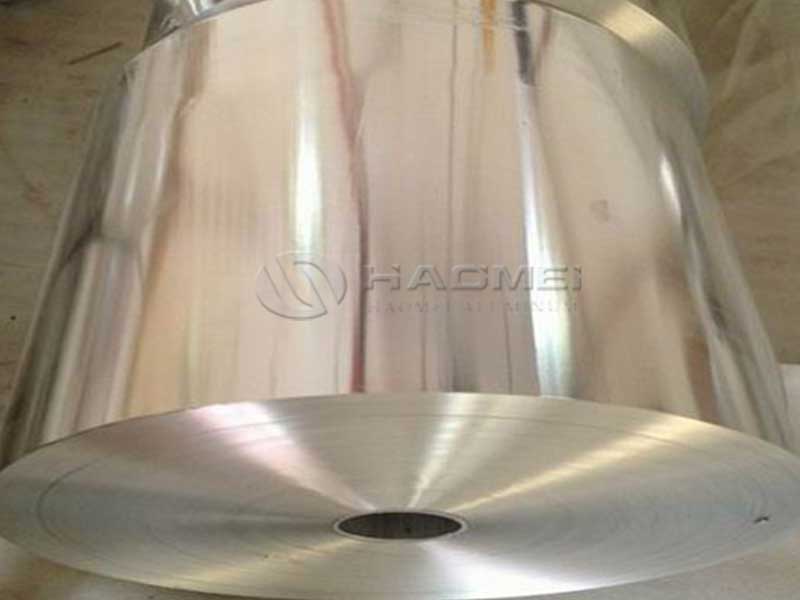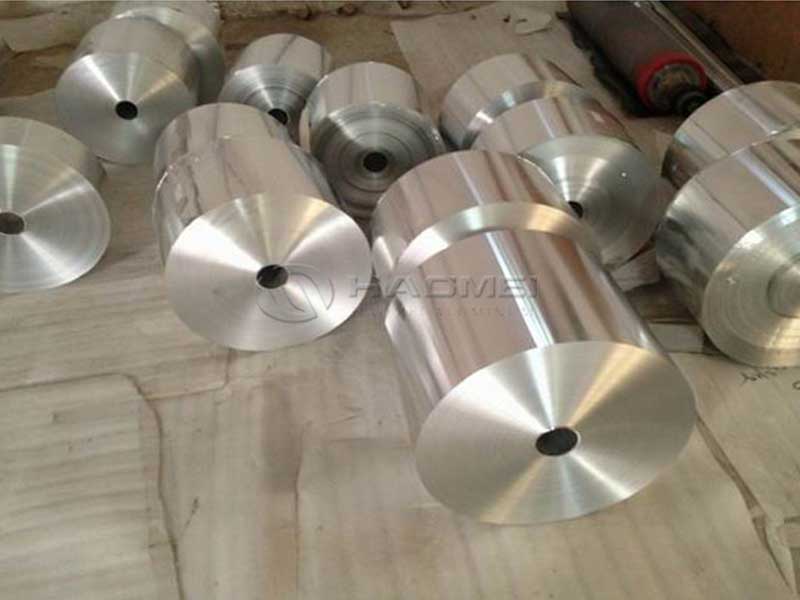Pharmaceutical Grade PTP Aluminum Foil Pill Blister Packaging
In the intricate world of pharmaceutical packaging, each material choice can significantly impact drug safety and efficacy. Among these, Pharmaceutical Grade PTP (Press Through Package) Aluminum Foil stands out as a critical component for pill blister packaging.
PTP Aluminum Foil in Pharmaceutical Packaging
Pharmaceutical Grade PTP Aluminum Foil is specifically engineered to be used as the lidding material in blister packs containing pills or capsules. The objective is straightforward but vital: it must guarantee effective protection against moisture, oxygen, light, and other environmental factors while allowing easy pressing-through of tablets without damaging them.
Working with aluminum foil for general applications is vastly different from handling pharmaceutical-grade material destined for blister packs. The tolerances are far tighter; we're talking microns, not millimeters, in terms of thickness and uniformity. Any inconsistencies, pinholes, or surface imperfections—undetectable in standard foil—can compromise the integrity of the blister pack, potentially leading to medication degradation or contamination. This demands stringent quality control at every stage, from raw material sourcing and alloy composition to the final inspection using specialized equipment like laser scanners for detecting flaws invisible to the naked eye. The cleaning and handling processes are also significantly more rigorous to prevent particulate matter or chemical residues from contaminating the foil. We use specific lubricants and coatings, far beyond the standard types, to ensure blister forming is seamless and prevents foil tearing or sticking.
Furthermore, the regulatory landscape for pharmaceutical packaging is incredibly complex. We're not just making foil; we're producing a critical component of a life-saving product. This means exhaustive documentation, rigorous testing to meet standards like USP <661> (for packaging materials) and adherence to GMP (Good Manufacturing Practices). A single batch failure can have catastrophic consequences, far beyond the financial losses associated with rejected consumer products. Traceability is paramount; every roll of foil is tracked from its creation to the final packaged medication, allowing for swift identification and recall should a problem arise. these regulatory nuances and implementing robust quality control protocols isn't just a
Unlike standard aluminum foil used in food packaging, pharmaceutical grade variants meet strict regulatory norms ensuring biocompatibility, chemical stability, and non-toxicity. Typically, these foils are laminated on the reverse side to enhance peelability or heat-seal compatibility with PVC or PVDC blister film, resulting in a robust but user-friendly packaging system.
Material Composition & Chemical Properties
The foundations of pharmaceutical grade aluminum foil lie in its material purity and alloy specification:
| Element | Purity/Range (%) | Significance in Blister Foil |
|---|---|---|
| Aluminum (Al) | ≥ 99.0 | Ensures strength, corrosion resistance-zero impurities |
| Silicon (Si) | ≤ 0.30 | Controls casting and rolling characteristics |
| Iron (Fe) | ≤ 0.70 | Improves foil processability |
| Copper (Cu) | ≤ 0.10 | Enhances mechanical strength slightly |
| Manganese (Mn) | ≤ 0.10 | Controls grain structure to improve flexibility |
This high-purity aluminum alloy (mainly AA8011 or equivalent grades) explains the exceptional barrier properties and flexibility necessary for pharmaceutical applications.
Alloy Tempering and Mechanical Properties
Tempering refers to heat treatment and rolling processes applied after casting to achieve the desired mechanical and physical properties. Common alloy tempers used for PTP pharmaceutical foil include:
| Temper Grade | Description | Characteristics |
|---|---|---|
| H14 | Half hard, strain hardened | Good formability and enough strength for blister packs |
| H18 | Three quarters hard | Stronger, suitable for foil requiring more durability |
| O | Annealed (soft) | Usually used in laminated foil structures when high flexibility needed |
For PTP blister foils, balancing strength and ductility is crucial. Foils that are too hard prove brittle, leading to cracking or inconsistent peel strength, while too soft foils may deform under pressure.
Standards and Implementation in Pharmaceutical Industry
To comply with pharmaceutical norms, aluminum blister foil manufacturers adhere to guidelines provided by organizations such as:
- FDA (US Food and Drug Administration) CFR 21 - Ensures raw materials meet safety parameters.
- USP (United States Pharmacopeia) requirements - Addresses material biocompatibility and package integrity.
- ISO 15378:2017 - Good Manufacturing Practice (GMP) for packaging materials.
- European Pharmacopoeia Standards - Applies to constituent materials in direct contact with medicinal products.
These standards enforce rigorous physical, chemical, and microbiological testing. Critical packaging functions include barrier properties—water vapor transmission rate (WVTR) values are kept extremely low (commonly under 0.01 g/m²/24hr), preserving drug stability through shelf life.
Implementation Conditions & Processing Parameters
Handling pharmaceutical grade PTP foils requires particular processing parameters to attain consistent, safe blister packs:
Temperature Range: Foils are processed typically at room temperature or mild warming (20-40°C) to avoid packaging laminate degradation. Heat sealing laminates requires controlled temperature (160-180°C) for PVC/PVDC blister films.
Roll Forming & Coating: Aluminum foil thickness ranges typically from 20 to 40 microns. Surface treatment (electrolytic or chemical etching) ensures bonding adhesion and controlled peel strength.
Cleanroom Conditions: All manufacturing and assembling happen under ISO classes 7 or better cleanrooms to prevent contamination.
Peel Strength Standards: Peel strength is often maintained between 100 to 220 grams-force to guarantee easy-but-safe pill extraction without residue while ensuring tamper evidence.
https://www.alusheets.com/a/pharmaceutical-grade-ptp-aluminum-foil-pill-blister-packaging.html






